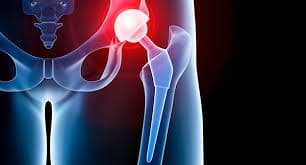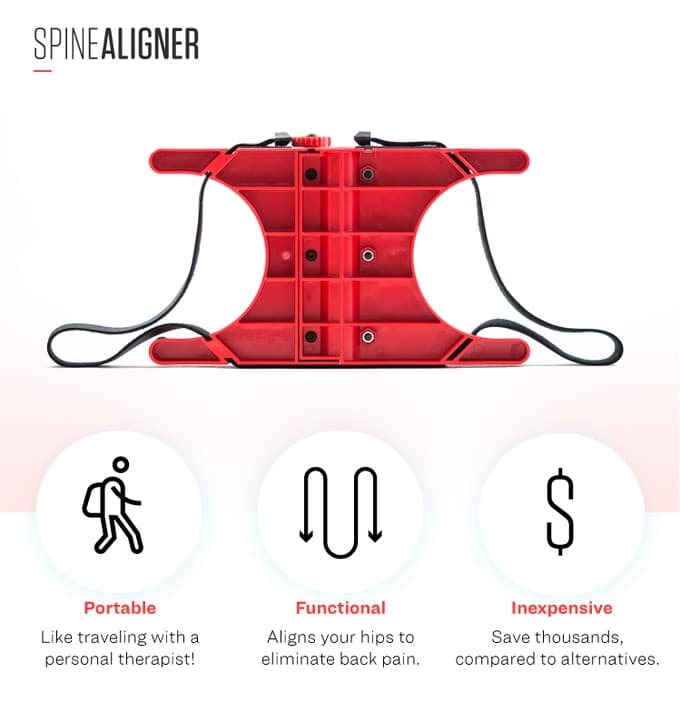| HIP PAIN AND SURGERY
Hip and lower back pain can be debilitating! Even on good days, the pain is there. This excruciating pain causes the sufferer to seek out pain management. Generally from pain medications, therapy and even surgery. Many individuals are led to believe that their only option for recovery is a hip replacement. Unfortunately, even after surgery the pain may still exist or be worse! Hip replacement, also called hip arthroplasty, is a surgical procedure to address hip pain. The surgery replaces parts of the hip joint with artificial implants. The hip joint consists of a ball (at the top of the femur, also known as the thigh bone) and a socket (in the pelvis, also known as the hip bone). During total hip replacement (total hip arthroplasty), both the ball and the socket are replaced. A partial hip replacement only replaces the ball (the head of the femur). WHAT CAUSES SOMEONE TO NEED A HIP REPLACEMENT? Factors like age, activity level and chronic disease all impact the state of your hips. Your doctor may recommend hip replacement, if you have significant pain, inflammation and damage to your hip joint due to conditions such as: Osteoarthritis (most common) Rheumatoid arthritis. Osteonecrosis (avascular necrosis) AGE While most hip replacements are performed in patients between 60 and 80 years of age, an older or younger individual can have the surgery. COMPLICATIONS Hip replacement does not come without complications. They include blood clots, change in leg length, dislocation, fractures, infection and loosening of the implant. Additionally, these replacements have a lifespan and often need replacement again. People who have received metal-on-metal hips may also experience metallosis, a form of metal poisoning that causes tissue damage and other serious conditions. Surgery recipients will also endure long term physical therapy. Fortunately, surgery is not the only solution. Many individuals can experience relief with proper exercises, techniques and nutrition. If you’re experiencing pain or discomfort while standing, walking, climbing stairs, or getting in and out of chairs; stiffness after periods of rest; weakness, instability, swelling, or other osteoarthritis symptoms, rest assured that we can help!! Want to know more? Check out https://spinealigner.net/ to see how the Spine Aligner works. Contact us to find out more about how the Spine Aligner can help you. |

HIP REPLACEMENT?
Get a Spine Aligner!
My patented and life changing Spine Aligner is the solution to your lower back pain and pelvic problems. With specialized techniques, I have been able replicate a device that eliminates lower back pain.

